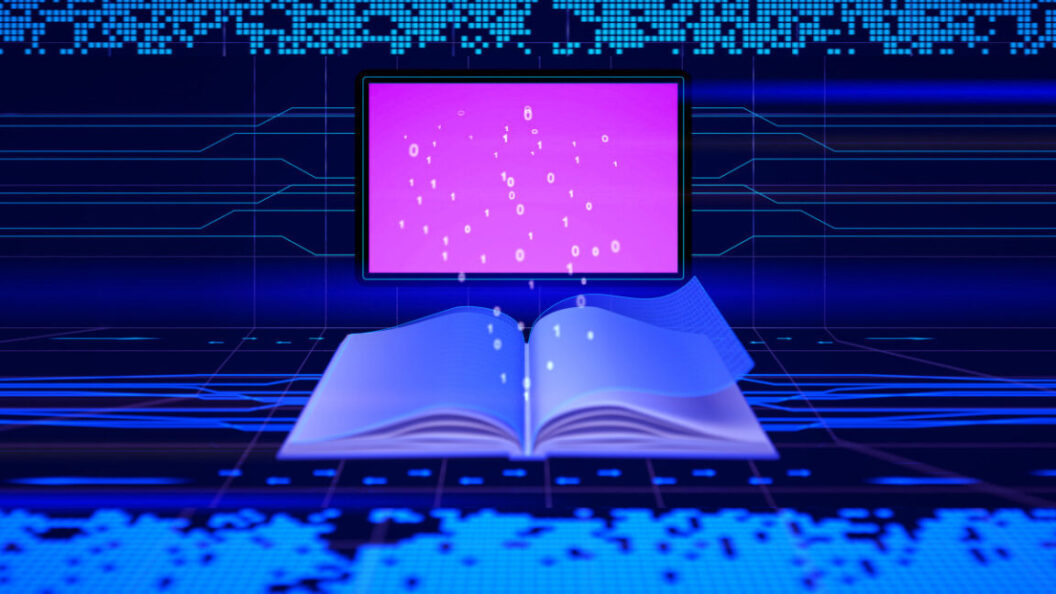Advances and Challenges in AI Document Reading
Recent developments in artificial intelligence (AI) have spurred significant advancements in Optical Character Recognition (OCR) technologies, revolutionizing the way documents are processed and analyzed. However, as many users have discovered, promotional claims do not always align with real-world performance outcomes. This article seeks to provide an overview of the current landscape of AI-driven OCR capabilities, particularly focusing on the recent challenges facing the Mistral OCR model.
Mistral’s Recent Performance Flaws
Mistral, a company known for its machine learning models, recently released an OCR-specific version that has not met user expectations. Willis, an AI enthusiast and analytical expert, expressed concern about the model’s performance. He remarked, “I’m typically a pretty big fan of the Mistral models, but the new OCR-specific one they released last week really performed poorly.” This sentiment was echoed in his experience parsing a complex table from an old document, which Mistral struggled to process accurately, leading to repeated names of cities and inaccuracies in numerical data.
In addition to Willis’s observations, Alexander Doria, an AI app developer, also criticized Mistral’s OCR capabilities on social media, highlighting its struggle with handwriting. He noted that, “Unfortunately Mistral-OCR has still the usual VLM curse: with challenging manuscripts, it hallucinates completely,” indicating a common issue among language models where incorrect information is sometimes fabricated, or “hallucinated,” by the AI.
Google’s Lead with Gemini 2.0
In contrast to Mistral, Google’s OCR solution, the Gemini 2.0 Flash Pro Experimental, has emerged as a leader in this field. Willis stated, “For me, the clear leader is Google’s Gemini 2.0 Flash Pro Experimental. It handled the PDF that Mistral did not with a tiny number of mistakes.” The model’s success is attributed to its impressive ability to manage large documents through a “context window,” which allows users to upload extensive files and navigate through them in parts. This capability is particularly beneficial when dealing with complex layouts or handwritten content, where Gemini demonstrated superior performance compared to its competitors.
The Limitations of LLM-based OCR
Despite the advancements in LLM-based OCR technologies, significant drawbacks remain. Confabulation—where an AI generates plausible but erroneous information—is one of the main issues. These models can also misinterpret the instructions found within texts, causing them to mistakenly treat instructions as user prompts. Additionally, there are concerns regarding the overall accuracy of document interpretation, particularly when faced with challenging manuscript formats.
Significance and Future Implications
The performance discrepancies between AI systems like Mistral and Google’s Gemini highlight a critical aspect of technological evolution: the gap between innovation and practical application. While tools like Mistral are heralded for their potential, the apparent shortcomings in their OCR models serve as a reminder of the challenges faced in the AI landscape.
As organizations continue to rely on automated systems for document processing, the demand for accuracy and efficiency will place increasing pressure on developers to refine their models. The ongoing competition between leading AI developers will likely spur rapid advancements, making it essential for users to remain informed about capabilities and limitations.
Conclusion
In conclusion, the recent testing of various AI OCR models sheds light on the ever-evolving landscape of document processing technologies. As the industry grapples with the integration of machine learning and natural language understanding, continued enhancement and evaluation of these models will be vital. Future developments may yield more robust and versatile tools that improve accuracy and reliability, but for now, the performance of existing solutions remains varied, reinforcing the need for cautious and critical engagement with these emerging technologies.









